6 Creative Projects That Put Pets First — Design and Architecture for Cat and Dog Lovers
As four-legged friends rise to family member status, homeowners seek stylish and bespoke solutions for cohabitation.
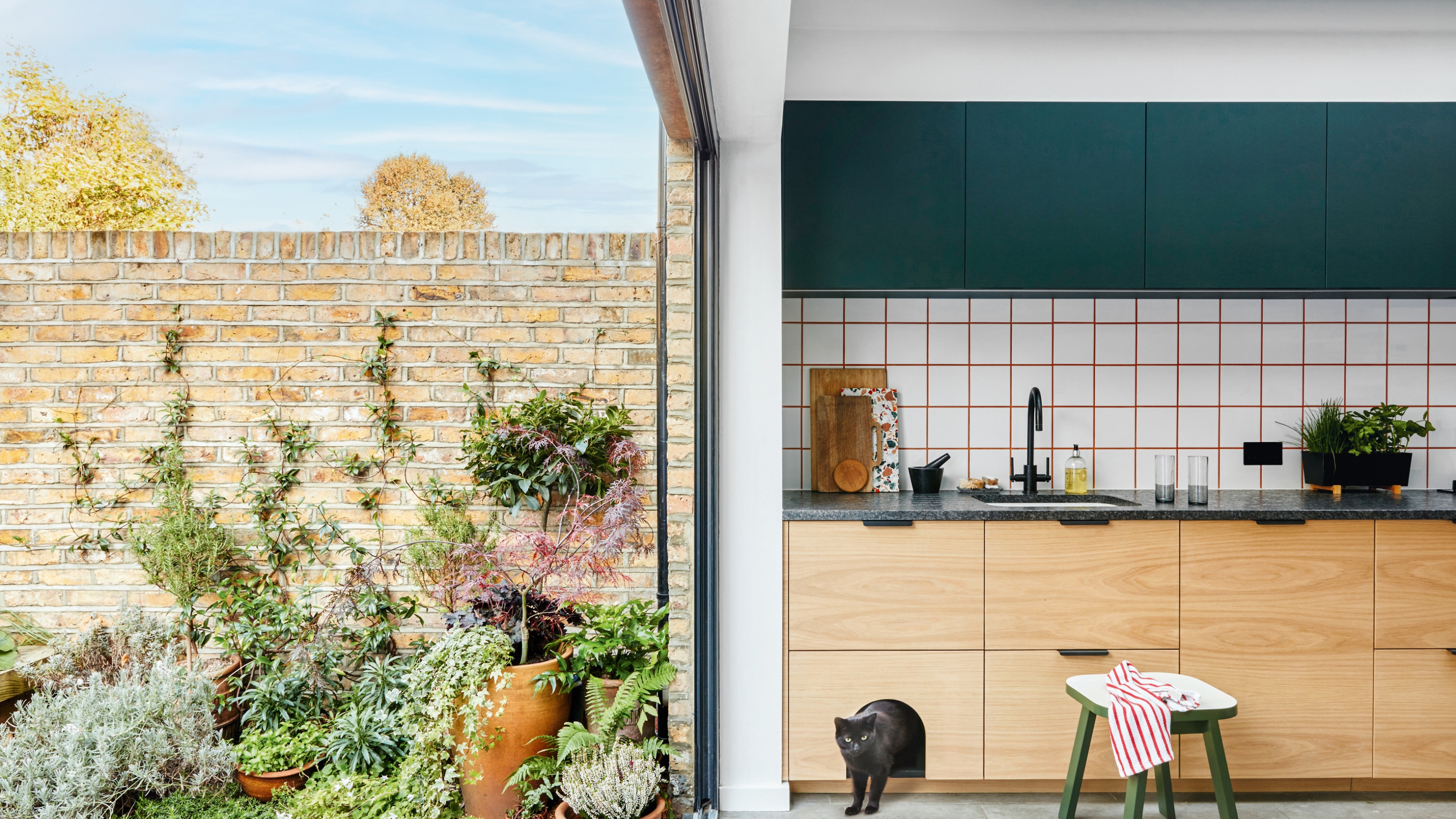
Our homes often overflow with creature comforts, and lately those comforts extend to our homes’ most beloved creatures. In a new era of pet parenthood, owners incorporate pet-driven features for cats and dogs without compromising style.
Reducing clutter from extra furniture, anything from built-in dog bowls to bespoke litter stations and doggy spas, elevates the pet experience to new levels.
‘My own cat is treated as a member of the family – and many of our clients' pets are thought of in the same way,’ says Ben Ridley, founder of Architecture for London, who made pets a prime consideration in recent projects. ‘We have clients whose children have left home, and now their pets are finally getting the appropriate amount of time and money spent on them!’
The classic and unsightly dog or cat flap – located at the very perimeter of the home – was once the extent of bespoke solutions for canines and felines. But new features are often front, centre, and increasingly interactive, speaking to the recent changes in dynamics (not to mention increases in pet ownership in general) we have with our furry friends.
‘This kind of design reflects a broader interior design trend: people are prioritizing elegant solutions that integrate their pets’ needs into their homes while maintaining visual and functional harmony,’ says Fiona Ginnett, co-founder at London’s HØLTE. ‘It’s about creating a home that works for everyone – two-legged or four!’
As homeowners spend more money and time with their pets, a little extra attention on design goes a long way, too. Here are a few custom ideas that are redefining pet-centric architecture in the modern home.
1. Kitted Out
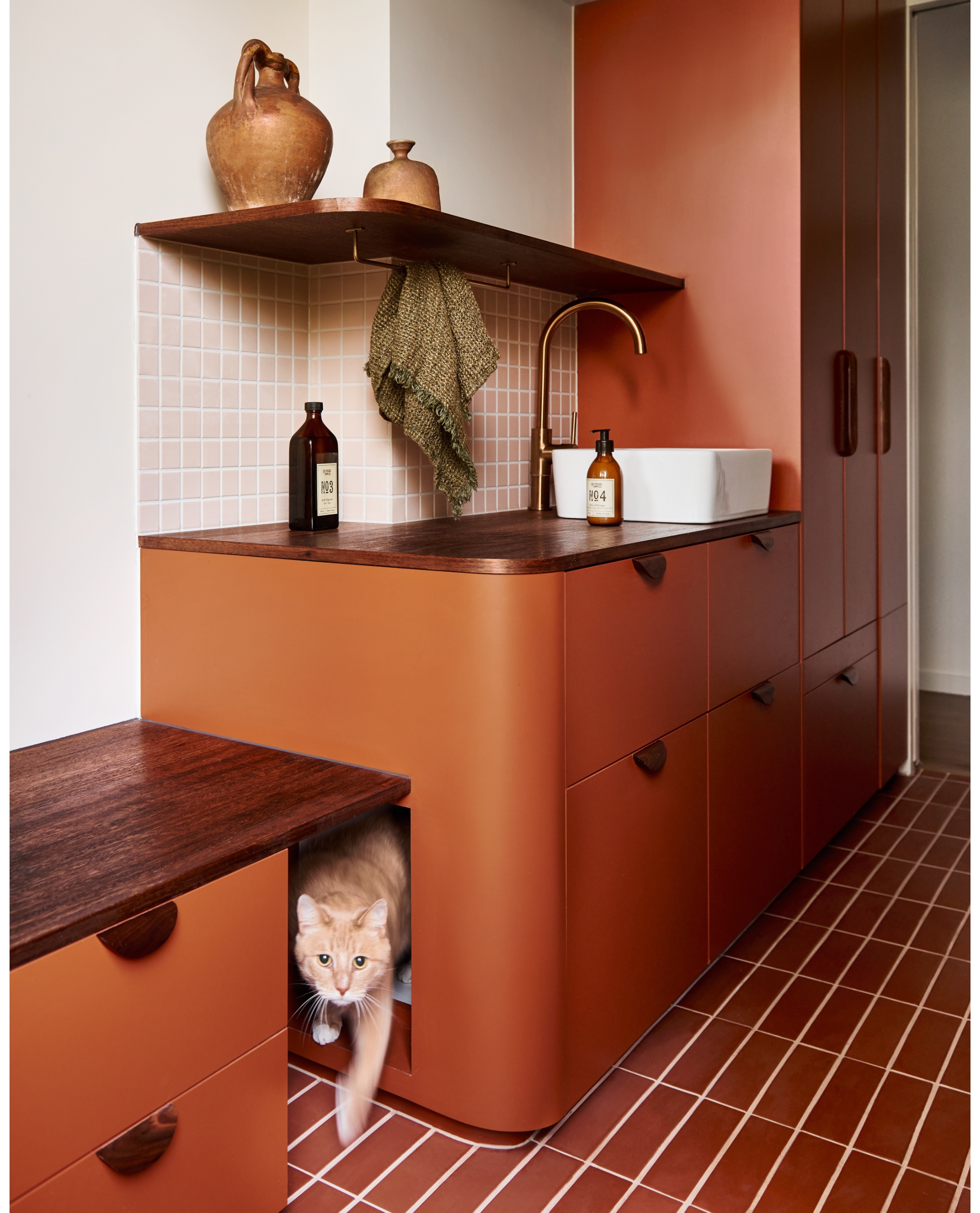
An integrated litter tray in this laundry room hides an unsightly bit of pet paraphernalia.
For a young couple with two cats, boldly colored laundry room joinery pockets a built-in litter box, ensuring the unsightly container is tucked well out of sight. Front-facing doors allow the owners to pop open the cubby for cleaning, while a sneaky opening on the side is a ‘private’ entrance for their feline friends.
The Livingetc newsletters are your inside source for what’s shaping interiors now - and what’s next. Discover trend forecasts, smart style ideas, and curated shopping inspiration that brings design to life. Subscribe today and stay ahead of the curve.
"If designing for cats, be sure to check their height and width and tuck access doors away as much as possible," recommends interior designer Kim Kneipp. "Access for humans needs to be considered first, as must be the view of what you can see through any cutouts."
2. Alley Cat
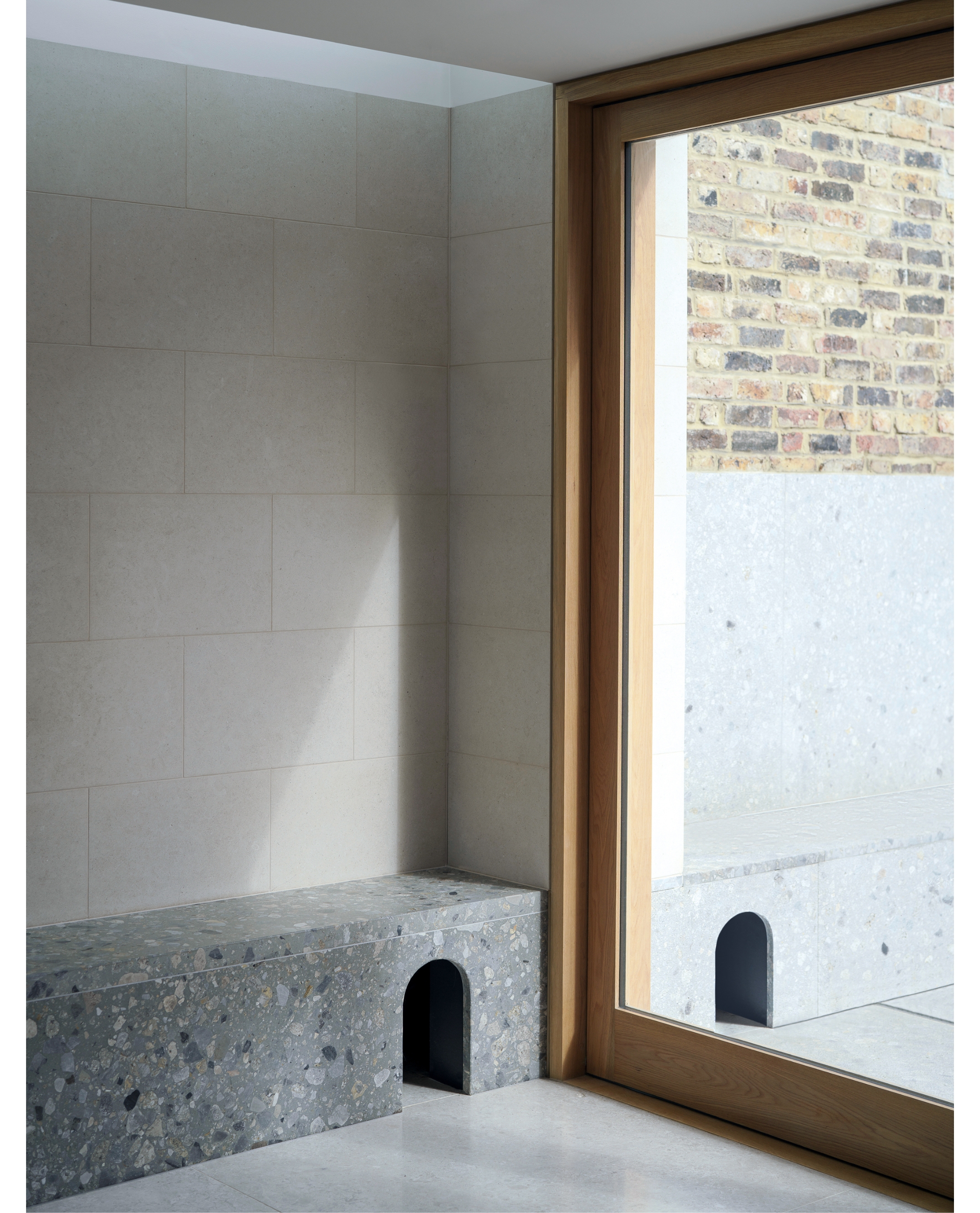
Forget visible cat flaps, this indoor outdoor passage is a better take on allowing your pets access.
Gone are the days of the unattractive cat flap: say hello to the sleek cat tunnel. For a family with two cats who love basking in the backyard garden, architects were tasked with creating a passage with openings inside and outside the home for easy access next to the patio doors.
"We therefore designed a bespoke cat tunnel, with the entrance imagined as an oversized cartoon mouse hole," says architect Ben Ridley. "This leads to a catflap within the wall construction. This approach keeps the clean lines of the glazing, and avoids the white plastic cat flap being visible."
3. Great Crate
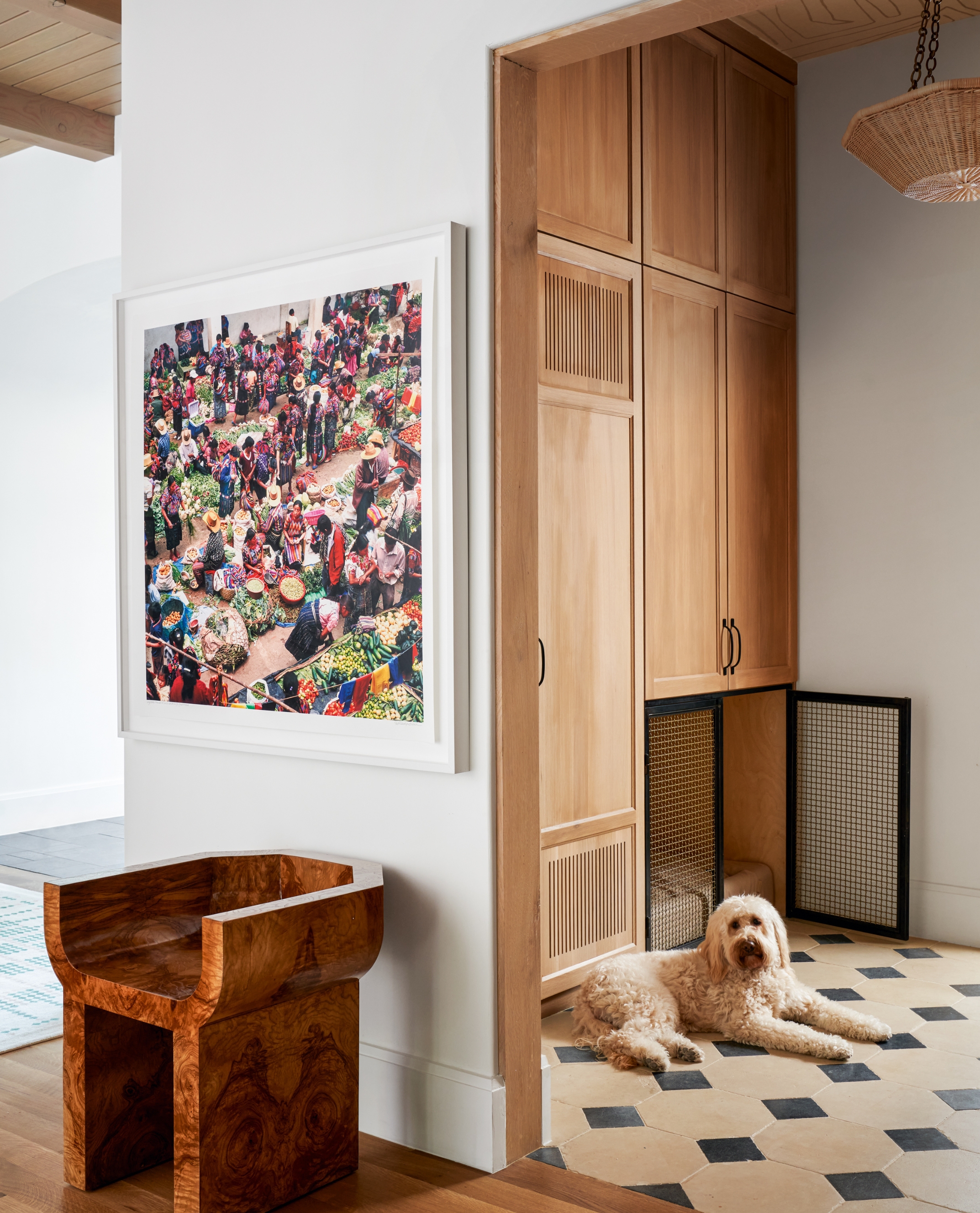
Dog cages are a total eyesore — this built-in alternative is a brilliant way around them.
Kennels aren’t always the prettiest objects, which means they are often jettisoned to less visible places in the home (think garages or utility closets). But in this Dallas home, a well-crafted crate was installed right off the kitchen, beautifully built into stylish millwork; painted metal doors match other elements throughout the space, like black diamond floor tiles, tying it all together. ‘We wanted the crate to be chic and discreet, by designing it to be a part of the millwork storage cabinet,’ says designer Erin Sander. ‘We loved how the crate contrasts very nicely with the hardware on the cabinetry.’
4. Pet Friendly
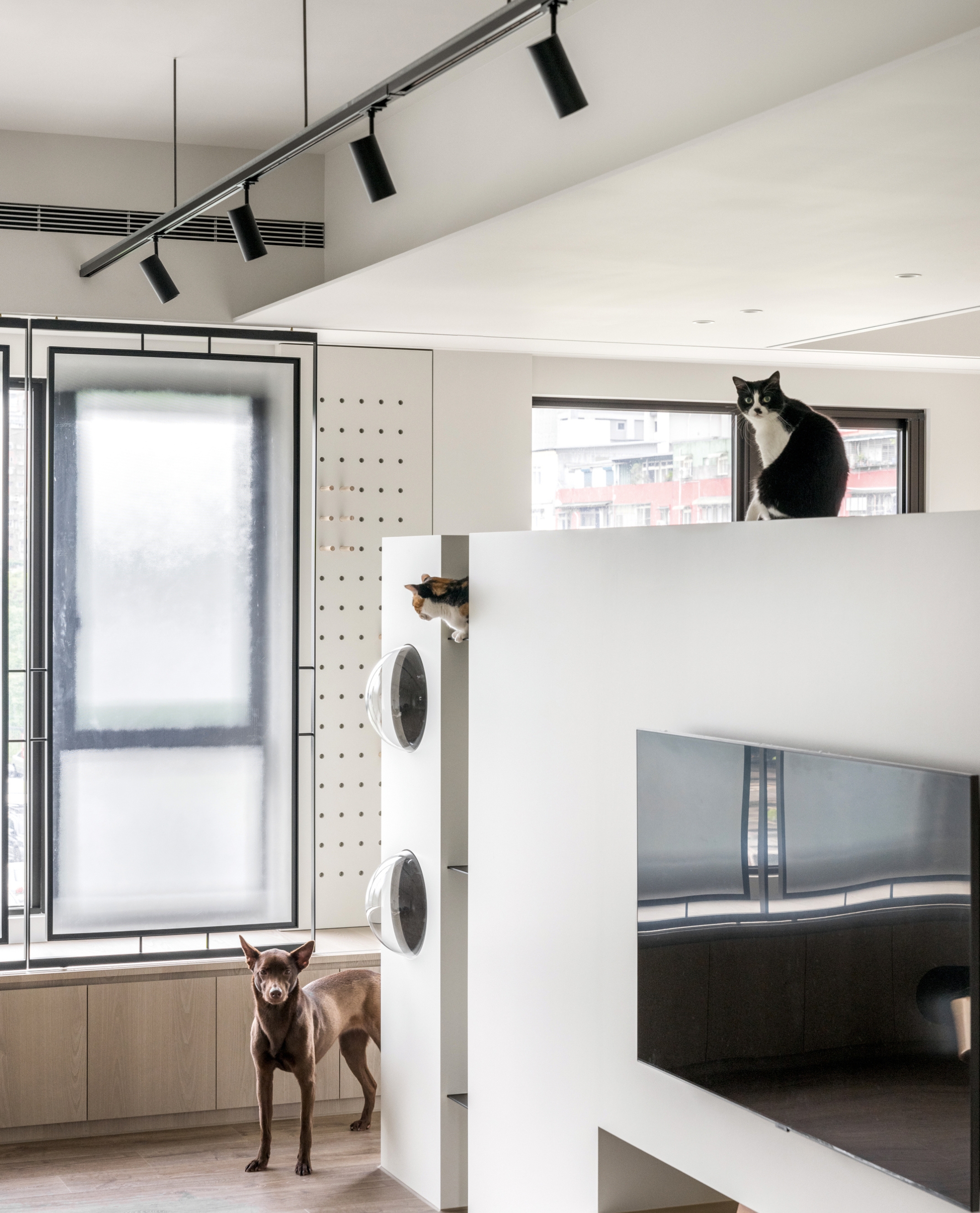
In a Taiwan apartment suited for both cats and dogs, AODA Interior Design Co. unleashed a variety of tricks.
"People are no longer pursuing standard products," they say. "Instead, they seek designs that can integrate into the overall design and are customized to their preferences."
In their project, a dynamic island TV wall gives dogs circular movement (freedom to run around), while vertical sisal wrapped climbing posts and up-high nooks and platforms give cats space away from canine pals. Designers stress the importance of pet-friendly materials: anything from non-toxic paint to durable flooring (both scratch-resistant and non-slip) keeps pets safe and happy.
5. Nap Nook
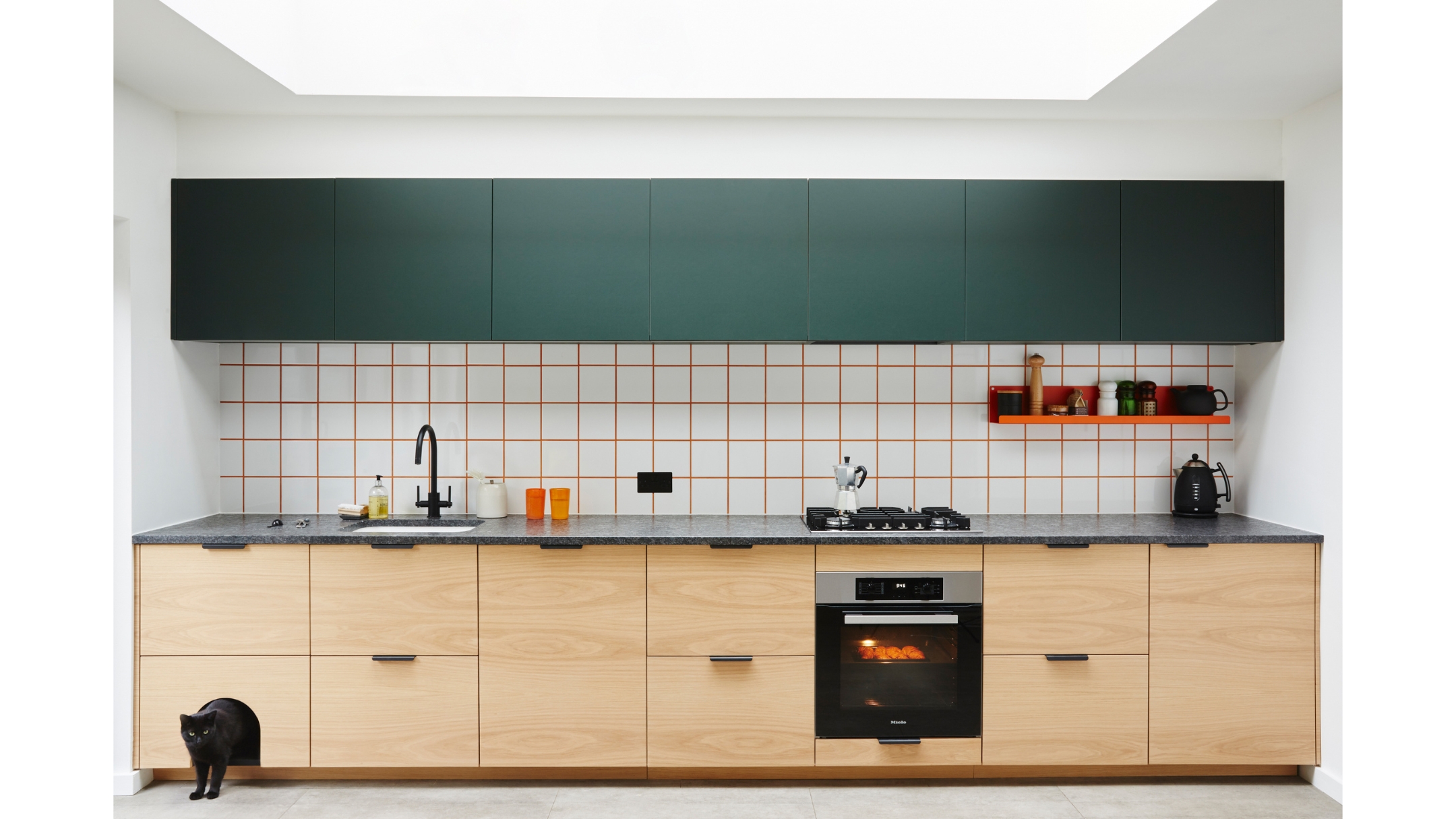
For style-driven homeowners, furniture designed for pets can often clutter a space. To maintain aesthetics in this London extension, designers seamlessly and discreetly integrated a ‘cat house’ in the underutilized base kitchen cabinets.
"This design solved several challenges: it provided the cat with a private, functional hideaway, preserved the sleek aesthetic of the kitchen, and offered a practical solution for the homeowners," says Fiona Ginnett, co-founder at London’s HØLTE. "It’s easy to access and clean, and it blends beautifully into the cabinetry. These kinds of tailored solutions elevate a design, making it work for everyone in the household while maintaining visual cohesion."
6. Doggy Spa
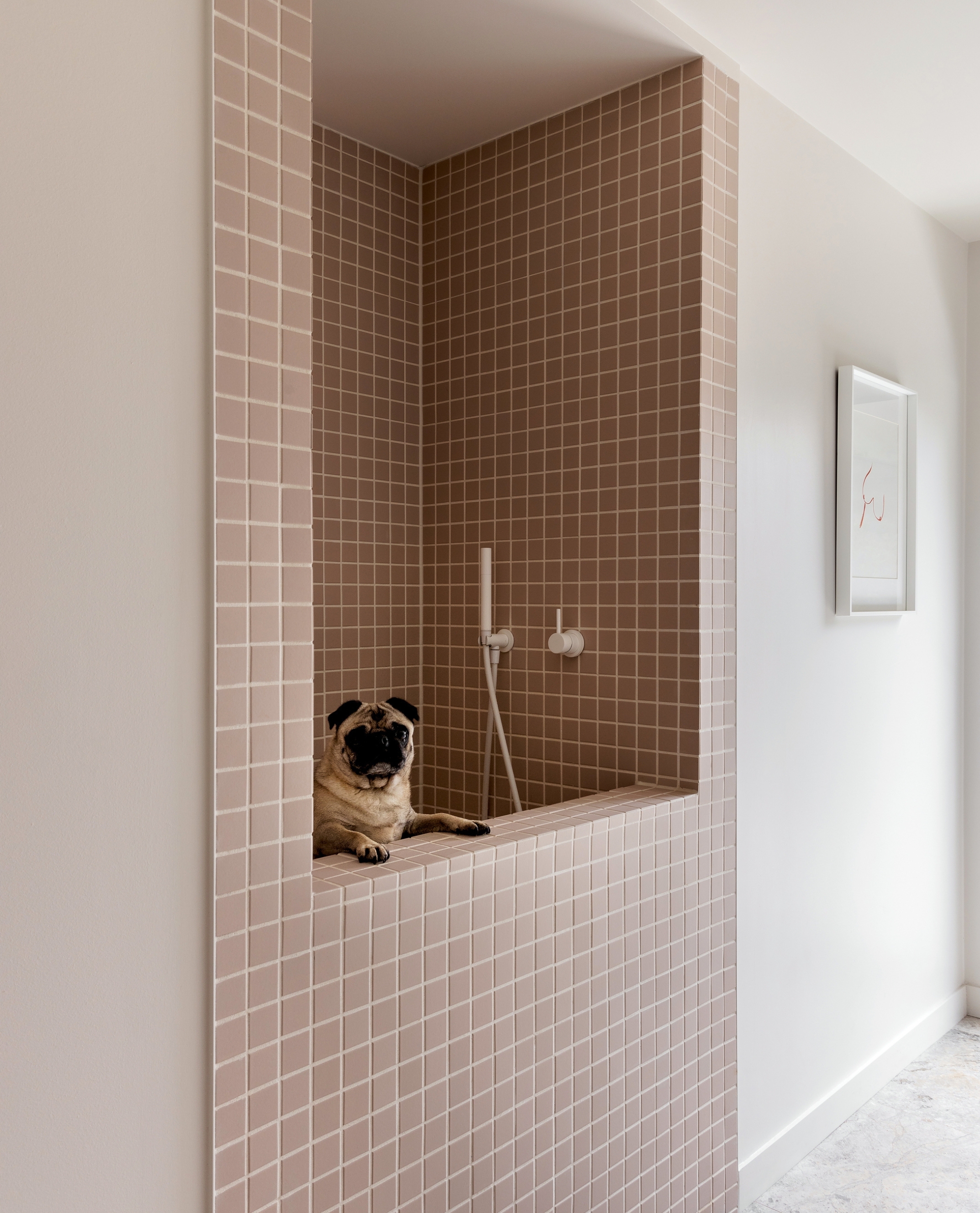
For a next-level buildout, some homeowners create miniature dog washing stations with handheld shower wands for extra muddy paws. "We would recommend placing a dog bath near a back or side entrance, or even in the garage," says Sally Knibbs, founder and director of Sally Caroline. "This further enables easy access from a walk to then wash your pup before walking further through the home." For a pug named Pixie, Sally opted for a lifted tub (so owners could stand straight up), but for larger breeds she recommends placing the shower on the floor in a low 100mm high tub to help keep in the water.
Keith Flanagan is a New York based journalist specialising in design, food and travel. He has been an editor at Time Out New York, and has written for such publications as Architectural Digest, Conde Nast Traveller, Food 52 and USA Today. He regularly contributes to Livingetc, reporting on design trends and offering insight from the biggest names in the US. His intelligent approach to interiors also sees him as an expert in explaining the different disciplines in design.